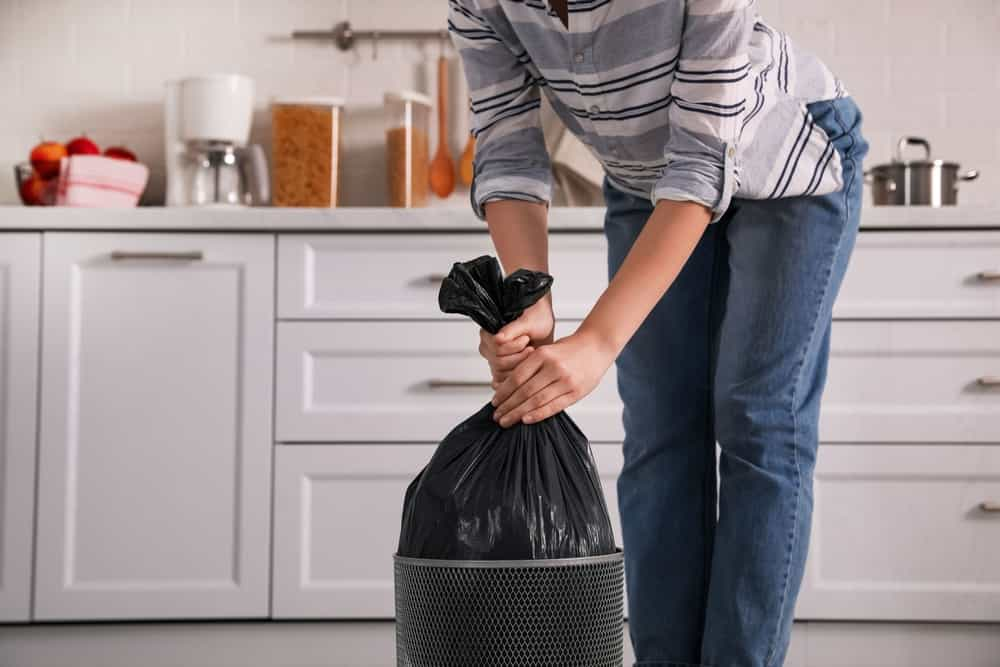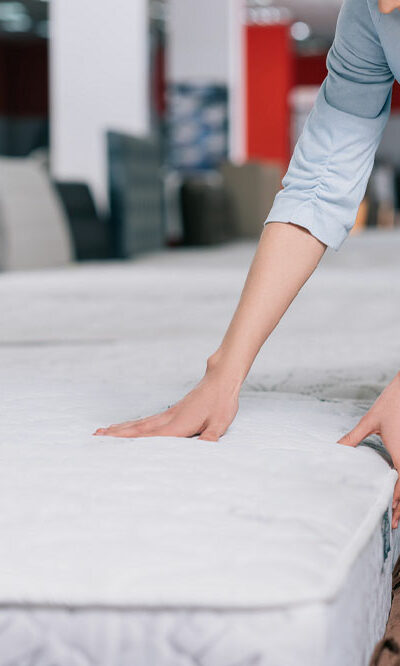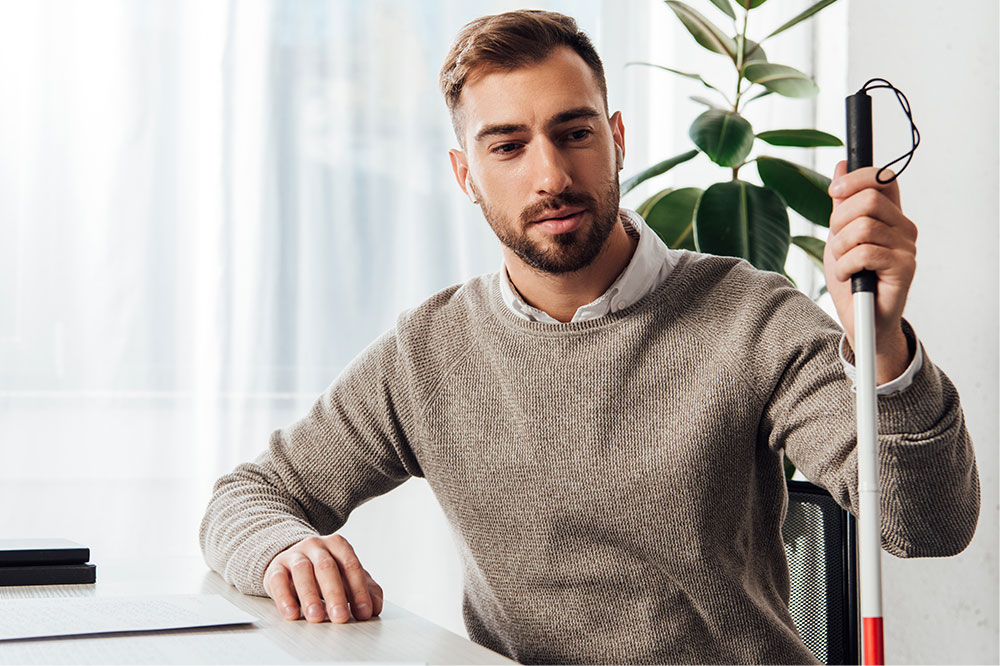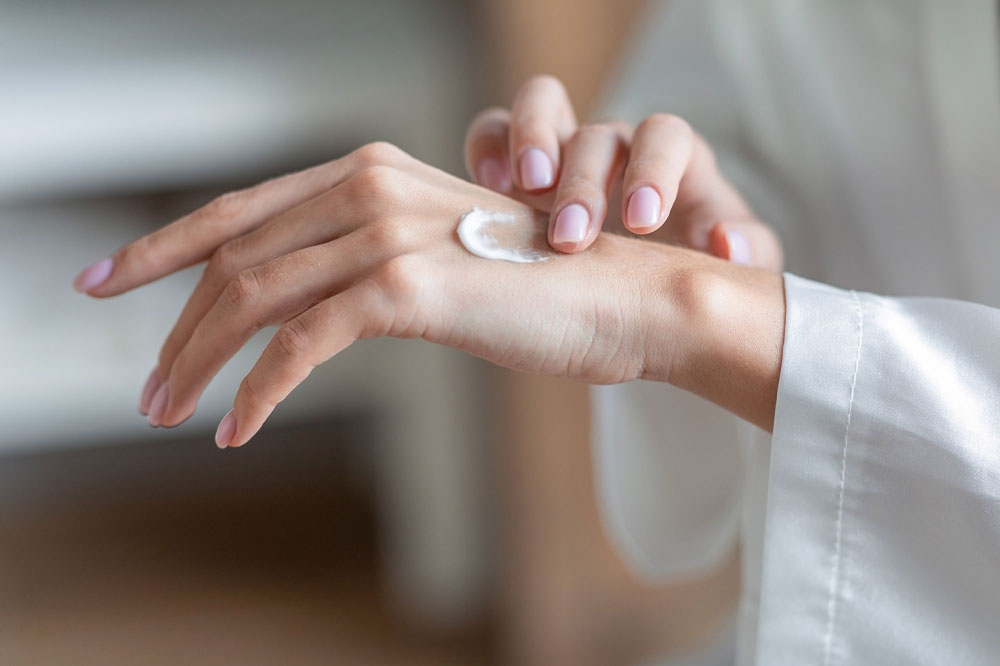8 ways to prevent trash bags from slipping

Trash bags enable the safe disposal of unwanted materials. However, keeping the bag secure in one place is one of the most challenging tasks most people face. Most trash bags are slippery and might fold in when left unattended in the bin. It can be frustrating to fish around for the edge of the bag. To make things easier, here are 8 ingenious ways to prevent trash bags from slipping in the first place.
Pick an ideal size can liner
While this might seem simple, one of the best ways to keep a trash bag from slipping is to pick an ideal shape and size of the garbage can liner. There are different designs of trash can receptacles that come in various shapes, such as half-circle, rectangle, circle, and square. Once the individual knows the shape of the can liner, the next step is picking the right size. Some might consider picking a trash bag based on the gallon capacity, but that may not work. A 48-gallon toter trash can may require a 65-gallon trash bag to properly fold over the side and stay secured.
Tie a knot
Tying a knot is one of the oldest tricks to keep a trash bag from sipping. The practice works better with high-density can liners because they’re easier to tie and adjust the knots. One should start by tying a smaller knot in the corner of the bag before placing it in the can. The individual should also avoid tying the knot too tightly and leave a little slack to make adjustments if necessary. After this, they must place the bag inside the trash receptacle and stretch it over the lip of the bin. The knot should prevent the bag from slipping.
Use extra-large rubber bands
Another easy method to keep a trash bag from slipping into the bin is to use extra-large rubber bands. The individual must take the rubber band and slip it over the overhang on the trash can’s rim. Doing so should secure the bag in place and help keep the trash can clean. The individual must also be cautious while stretching the rubber band as the product could snap and injure them during the process.
Use large binder clips
Binder clips are essential to hold a large bunch of papers together. But apart from serving the traditional purpose, the clips work well to keep trash bags clamped to the rim of the garbage can. One could look for binder clips at their local store or buy them online. The individual should ensure to pick up the larger binder clips that measure at least two inches. Most large binder clips usually do not interfere with the lid of the receptacle as long as the metal bars are folded down.
Consider all-purpose hooks with an adhesive back
A medium or large-sized all-purpose hook with an adhesive back could help keep trash bags in place. To make the hack work, one must remove the proactive coating from the adhesive and position it about halfway down the side of the trash bin, with the hook facing downwards. The individual should repeat the step with a second hook on the opposite side of the trash can. Next, one must insert a trash bag in the waste bin and ensure the exposed drawstrings are positioned above the hooks. The final step involves hooking the drawstrings over the upside-down all-purpose hooks. Following this, even when one adds trash to the waste bin, the bag will not get tugged inside the bin. The hooks might also make it easier to grab the drawstrings, tie, and lift the bag from the waste bin.
Wraparound with bungee cords
Bungee cords serve various purposes, including securing luggage and lifting heavy items. However, many people are unaware that these cords could also be effective in securing a trash bag to the receptacle. One must place the trash bag on the can and stretch it over to make the hack work. After this, the individual could also tie a knot at the corner to keep the bag in place. To ensure that the bag gets better stability, the individual should wrap the rim of the can (covered by the garbage bag) with a bungee cord.
Secure with a bread bag clip
Bread bag clips are intended to keep the food product fresh before consumption. Luckily, the clips could also be used to keep a garbage bag from slipping into the bin. All one needs to do is place the bag on the receptacle and gather the edges of the bag up. Twist the edges and secure it with the bread bag clip. This will ensure that the garbage bag stays in place, making it easier to dispose of waste without any mess.
Place adhesive glue dots
One of the simplest ways to secure a garbage bag in place and prevent slippage is to place adhesive glue dots strategically around the rim. The dots should also be placed on the top inch or two of the trash bag. One should follow this by inserting the bag and folding it over the lip, pressing down to ensure the bag adheres to the can. The glue dots are easily removable for trash day or can be cleaned up, and one could simply put new dots before placing a fresh bag.






